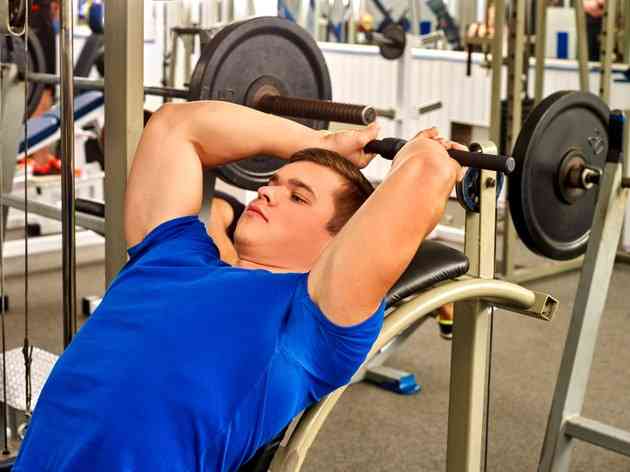How Long Does Your Body Burn Calories For After a Workout?

When you're putting time in at the gym, you'd like to know that you're still burning calories after your workout. When you work out, your body gets the energy you need for sustained activity by burning your stored calories.
 Exercise burns calories during your workout and after. (Image: The Good Brigade/DigitalVision/GettyImages)
Exercise burns calories during your workout and after. (Image: The Good Brigade/DigitalVision/GettyImages)When you perform aerobic exercises, your body keeps burning calories for a short time, up to a few hours, after you finish your workout. When you perform strength-training exercises like weightlifting, you permanently boost your calorie-burning capacity by increasing your body's supply of muscle tissue.
Tip
Although your body continues to burn extra calories for a few hours after a workout, building more muscle will increase the number of calories your body burns around the clock.
Post-Workout Burn
Aerobic exercises, such as swimming and cycling, trigger post-workout calorie burn by making you move your limbs repeatedly for relatively extended periods of time. Low-intensity activities like walking make you burn off a fairly small number of extra calories, while a high-intensity activity like running can cause you to burn off more than 1,400 calories in a single hour.
After you finish an aerobic exercise, your body gradually returns to its normal level of calorie usage. For experienced exercisers who engage in high-intensity activities, heightened calorie burning can continue for up to several hours after an exercise session ends.
Read more: How to Calculate Calories Burned
Strength-Training Effects
During a typical weightlifting workout, you only burn off roughly 180 to 266 calories in an hour, according to Harvard Health Publishing. However, weightlifting, calisthenics and other strength-training exercises also gradually increase the size of your muscles.
Each pound of muscle tissue helps your body burn more calories at rest, and this burning process is not limited to the hours following your exercise session. As the size of your muscles increases, your body burns through even more of your calorie reserves every day to meet your ongoing energy needs.
Combined Exercise Programs
To burn calories and control your weight, the Centers for Disease Control and Prevention (CDC) recommends that you engage in both aerobic exercise and strength training. Aerobic activity, including any activity performed at a moderate to vigorous level, should be performed for a minimum of 150 minutes per week.
The CDC also points out that health benefits of exercise are even greater if you perform more than 300 minutes per week. If you're new to exercising or haven't exercised for a long time, talk to your doctor before you begin a new fitness routine. Typically, you will start out with smaller amounts of exercise and increase your efforts gradually.
Considerations for Beginners
If you're a new exerciser, you will typically not be able to exercise at an intensity that promotes prolonged calorie burning after an aerobic workout, SpineUniverse notes. If you start a strength-training program, you will usually start to increase the size and strength of your muscles in a matter of several weeks.
You can get some benefit from aerobic activities even if you can only exercise for 10 minutes at a time, whereas you can get the benefit of strength-training exercises in workout sessions that last only 20 or 30 minutes.
Read more: Calories Burned From High-Intensity Interval Training




